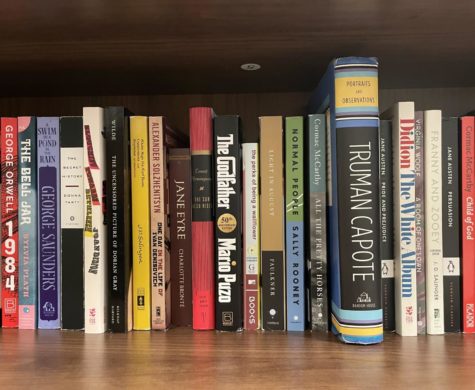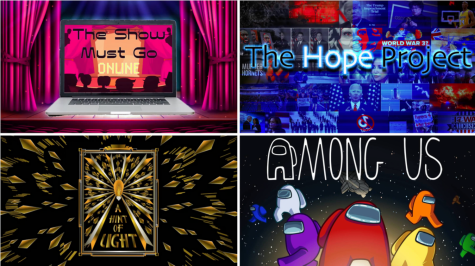Mando Inc.
Last year, before this insane virus began, the Walt Disney Corporation saw what might be the most successful year to date for a major media conglomerate. The eight highest-grossing films of 2019 came from the House of Mouse or its subsidiaries, including the highest-grossing film of all time: Avengers: Endgame. Disney’s theme parks continued to grow with the opening of Star Wars: Galaxy’s Edge, and attendance jumped by 4%, maintaining Disney’s dominance as the most-attended theme park chain with more than double that of the next-highest, Merlin Entertainment (the owners of the Legoland chain of theme parks). But most importantly, Disney launched its over-the-top streaming service, Disney+. The service reported 10 million subscribers at launch and currently reports 86.8 million. Central to Disney’s streaming ambitions is Baby Yoda-fronted juggernaut The Mandalorian, and the implications of the show have consequences across the media industry.
The Mandalorian is notable because it is the first film-quality TV extension to a franchise. In this case, it is the Star Wars franchise, which had suffered two successive critical and financial disappointments with Solo: A Star Wars Story, grossing only $393 million, which barely made up for a budget of $300 million, and Star Wars: The Rise of Skywalker, which managed to gross a billion dollars but didn’t meet the success of Endgame. The Joker movie grossed more, and the film had nearly a fifth of the budget that Rise of Skywalker had! The franchise was ripe for a reimagining and revitalization.
The Mandalorian’s first season premiered in November of 2019, a month before the release of Rise of Skywalker, but this year represents a more concentrated effort in bringing the show in line with the rest of the Star Wars universe. In Episode 13, “The Jedi”, the character of Ahsoka Tano appears, a character previously introduced in Filoni’s Star Wars: Clone Wars and Rebels. In the following episode, “The Tragedy,” Boba Fett returns—another major Star Wars character, with appearances in Empire Strikes Back and Return of the Jedi. Even a beloved character from the original trilogy returns in the final episode, a sign that nothing is off-limits for the series. Who knows, the Jedi Mace Windu might end up returning to the franchise by way of the Mandalorian?
At Disney’s investor conference on December 9th, CEO Bob Chapek and Executive Chairman Bob Iger revealed the true purpose for The Mandalorian. Both Ahsoka and Boba Fett have shows planned for Disney+, with another announced show, Rangers of the New Republic, slated to feature Mandalorian characters like Cara Dune. Other characters like Bo-Katan and Mayfeld could wind up having shows since both are quite popular with fans. This shows The Mandalorian’s role in creating new shows for Disney+.
Without Grogu, or as the fans call him Baby Yoda, the show would have not had the same critical success. Such simple activities like Grogu sipping soup, using Force telekinesis to summon a blue cookie, or eating the eggs of Frog Lady endeared him to fans wanting more than just a Space Western. Moreover, Grogu quite possibly expanded the appeal of The Mandalorian from a show mainly for Star Wars fans to a show for the general public to enjoy. Since the Mandalorian is essentially a nonentity with little in the way of character, Grogu supplies the personality our lead lacks and ensures that The Mandalorian has something more than just being a vessel for new characters to be introduced.
After the critical and commercial letdown of the Star Wars films in theatres, The Mandalorian represents a new way forward for the franchise. In addition, it shows the possibilities of transmedia storytelling and how media can be linked in more ways than ever before. Star Wars has a bright future in front of it with the success of The Mandalorian. But the franchise has to stay relevant and maintain the quality of their growing television empire. On January 5th, Marvel’s own transmedia extension will launch on Disney+. Get ready for WandaVision!







